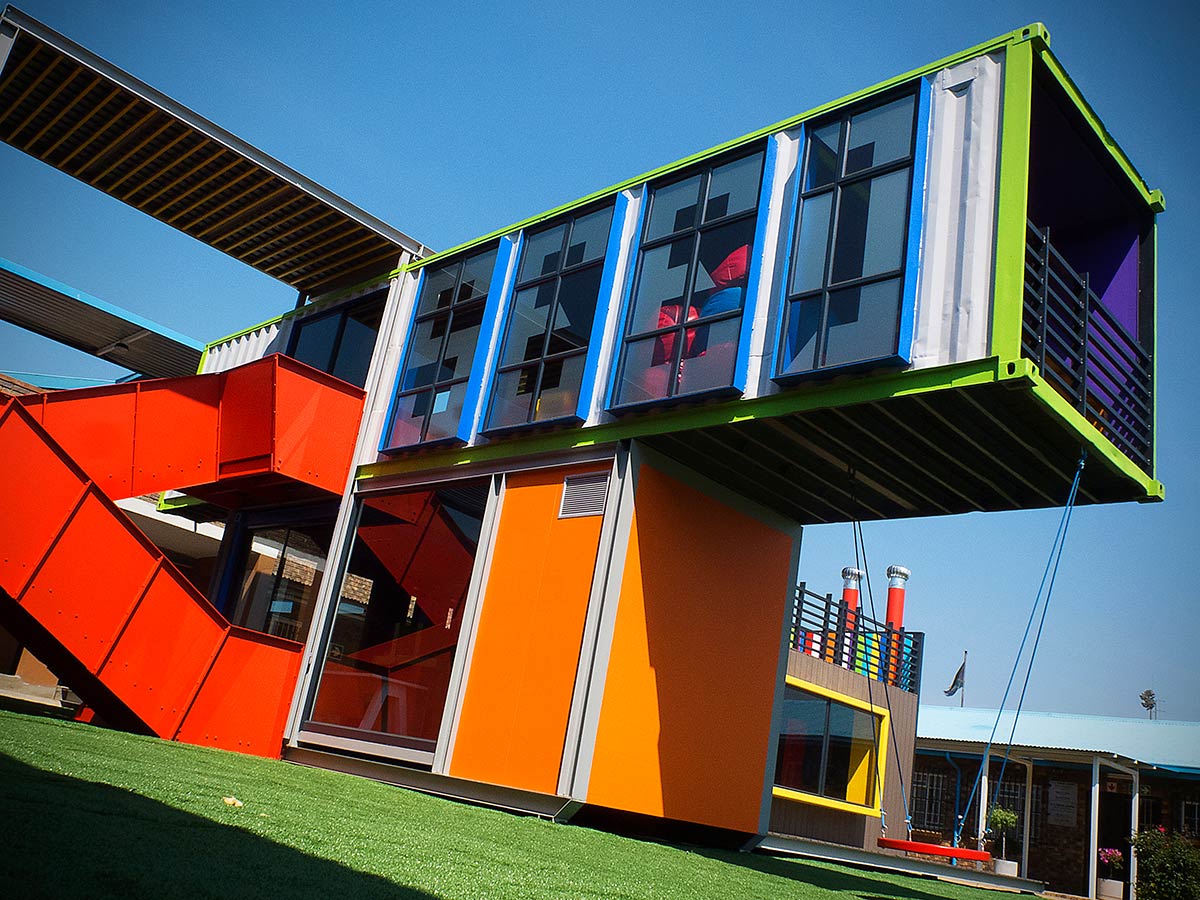




Sarah Bartmann Competition
This project is the AOJ entry to a national competition, set up by the South African Department of Arts and Culture, as part of the Sarah Baartman Project, initiated under the Khoisan Legacy Project, which ensured the return of Sarah Baartman‘s remains to her land of birth.
The competition brief was extremely challenging, as the design had to deal not only with the issues of heritage, culture and the historical oppression of the Khoisan people, but also with intensive functional and spatial requirements, which needed to be accommodated for on a sensitive site, which forms part of a natural conservation area.
“The competition brief seemed to us a an architectural contradiction, as in essence it asked for structures of permanence that pay homage to a nomadic people who historically lived in harmony with nature” says Alessio Lacovig. This contradiction however became the key to their proposed scheme.
The design was envisioned as a route, a journey that visitors to the site would have to make. The route would be guided by a series of buildings, strategically placed with site specific functions of community precinct and museum. Further to this a sensory experience, created through the manipulation of light, temperature and sound, would add to this journey.
The architectural language was defined by the essence of purpose, the purpose of the place in turn defined the spaces needed and shaped the architecture, a metaphor for the Khoisan culture. Simple geometric forms that direct light and view were utilised, floating at certain points above the protected Fynbos, touching the earth lightly, where support for the structure would be required, or to allow visitors access; other buildings would be sunk into the ground allowing natural growth to continue over them. This would visibly reduce the buildings impact on the landscape from a visitor’s perspective, enhancing the visitor’s connection with the natural environment.
The choice of materials reflects the Khoisan attitude towards living from the land and making from that which Mother Nature gave them. The construction processes of the various structures, were also considered as they would certainly look to involve local trades and makers, as a way to create a better sense of ownership and community entitlement to the center, while also directly improving skills, which would further uplift the surrounding community.
Overall the scheme can be described as an array of mere shells made to host the activities required by the users. These would create a backdrop to the rich cultural heritage of the Khoisan people, making the Sarah Baartman Centre a platform for rediscovering this endangered culture by current and future generations.
Date:
2009



